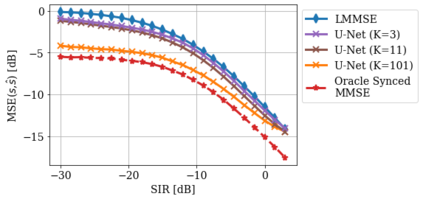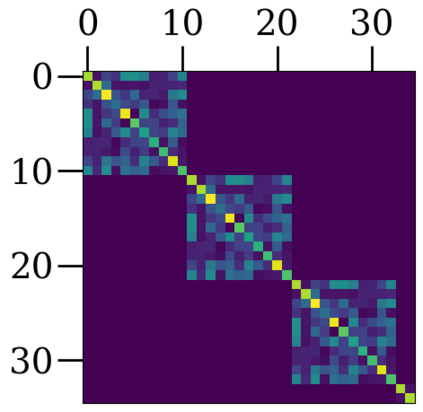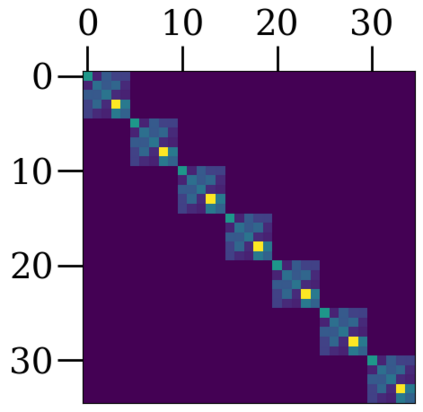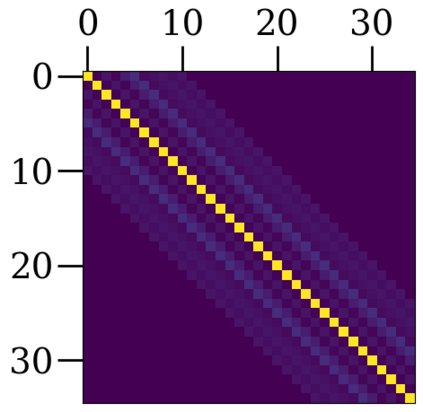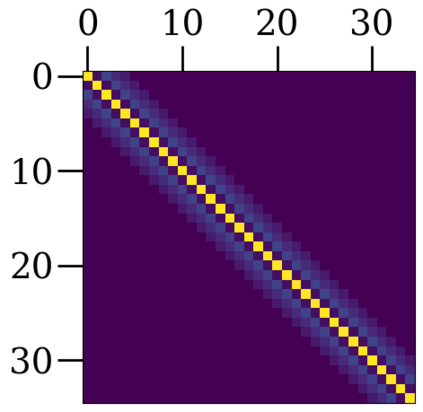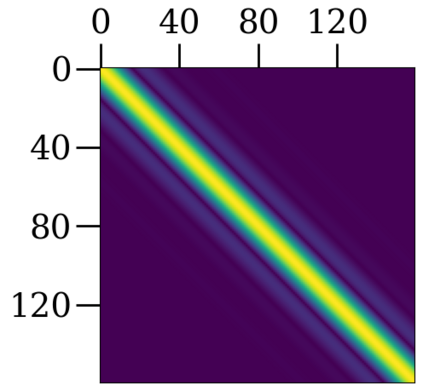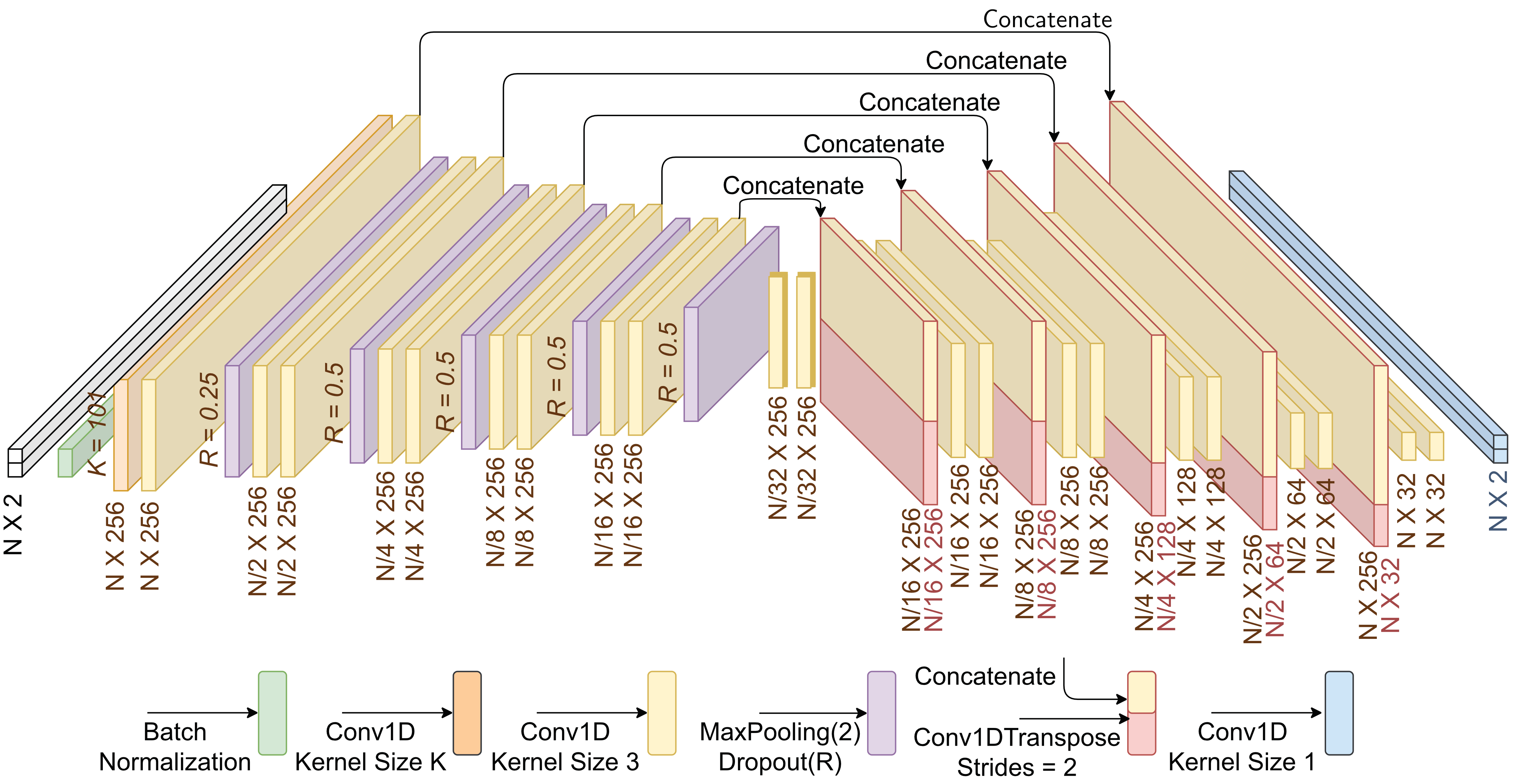We study the problem of single-channel source separation (SCSS), and focus on cyclostationary signals, which are particularly suitable in a variety of application domains. Unlike classical SCSS approaches, we consider a setting where only examples of the sources are available rather than their models, inspiring a data-driven approach. For source models with underlying cyclostationary Gaussian constituents, we establish a lower bound on the attainable mean squared error (MSE) for any separation method, model-based or data-driven. Our analysis further reveals the operation for optimal separation and the associated implementation challenges. As a computationally attractive alternative, we propose a deep learning approach using a U-Net architecture, which is competitive with the minimum MSE estimator. We demonstrate in simulation that, with suitable domain-informed architectural choices, our U-Net method can approach the optimal performance with substantially reduced computational burden.
翻译:我们研究单通道源分离问题,并侧重于周期静止信号,这些信号特别适合各种应用领域。与传统的 SSCS 方法不同,我们考虑一种只有来源实例而不是模型的设置,鼓励采用数据驱动方法。对于具有循环静止源组成部分的源模型,我们为任何分离方法、模型或数据驱动的可实现的平均正方差设定了一个较低的界限。我们的分析进一步揭示了最佳分离的运作和相关实施挑战。作为一种具有计算吸引力的替代方法,我们建议采用一个使用U-Net结构的深层次学习方法,该结构与最小的MSE估计数字具有竞争力。我们模拟了这样的模拟,即,通过适当的领域知情的建筑选择,我们的U-Net方法可以以大幅降低计算负担的方式接近最佳性能。



